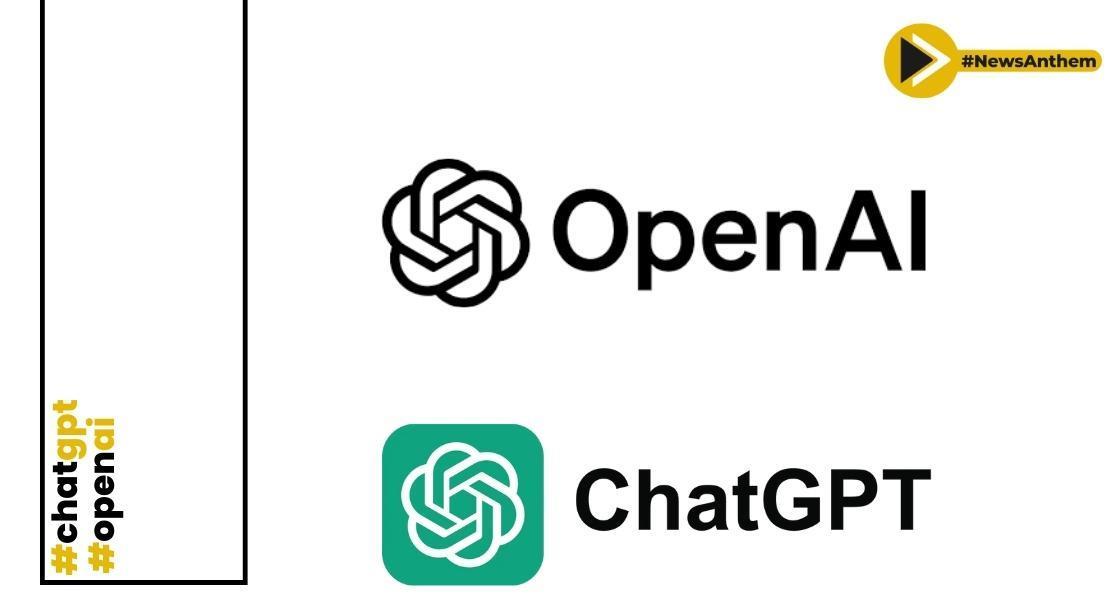Sam Altman Unveils Plans for 100 Million AI Companions by 2026

News Synopsis
OpenAI is venturing into the hardware domain with a groundbreaking AI companion device, aiming to revolutionize human-computer interaction. In collaboration with renowned designer Jony Ive, former Chief Design Officer at Apple, OpenAI plans to introduce a screenless, context-aware gadget that seamlessly integrates generative AI into daily life.
OpenAI's Bold Leap into AI Hardware
OpenAI, under CEO Sam Altman, is transitioning from software to hardware by acquiring Jony Ive's AI hardware startup, io, in a deal valued at approximately $6.5 billion. This strategic move aims to develop a new category of AI-native devices that transcend traditional screens and interfaces.
Introducing the AI Companion Device
Design Philosophy and Features
The envisioned AI companion device is designed to be:
-
Screenless: Eliminating traditional displays to foster more natural interactions.
-
Context-Aware: Equipped with sensors to understand and respond to the user's environment.
-
Compact and Unobtrusive: Small enough to fit in a pocket or sit discreetly on a desk.
Jony Ive emphasizes that the device aims to integrate AI seamlessly into users' lives without the distractions associated with current screen-based devices.
Ambitious Goals and Market Impact
Sam Altman has expressed confidence in the device's potential, stating that OpenAI aims to sell 100 million units faster than any previous tech product. The first version is slated for release by the end of 2026, with mass production expected in 2027. Hindustan Times
Positioning in the AI Hardware Landscape
This initiative places OpenAI in direct competition with other tech giants exploring AI-integrated hardware. Unlike previous attempts like the Humane AI Pin, which faced challenges in adoption, OpenAI's device focuses on creating a new interaction paradigm that moves beyond screens and traditional inputs.
History of OpenAI
The history of OpenAI is a dynamic one, marked by ambitious goals, significant technological advancements, and a shifting organizational structure. Here's a breakdown of its key phases:
The Visionary Beginnings of OpenAI (2015):
-
OpenAI was founded in December 2015 as a non-profit artificial intelligence research company. The core mission was to ensure that artificial general intelligence (AGI) – AI systems smarter than humans – benefits all of humanity. This intention stemmed from concerns about the potential risks of unchecked AI development.
-
The founding team was comprised of a notable group of entrepreneurs and researchers, including:
-
Sam Altman (current CEO)
-
Elon Musk (co-chair initially, later departed)
-
Ilya Sutskever (Chief Scientist)
-
Greg Brockman (Co-founder and President)
-
Wojciech Zaremba
-
John Schulman
-
Andrej Karpathy
-
Others: Jessica Livingston, Peter Thiel, Reid Hoffman, Trevor Blackwell, Vicki Cheung, Pamela Vagata, and Diederik P. Kingma were also involved in the initial funding and vision.
-
-
Over $1 billion was pledged to the venture by these founders and entities like Amazon Web Services (AWS), Infosys, and YC Research, although the actual amount collected initially was smaller.
-
OpenAI committed to openly collaborating with other institutions and researchers, intending to share patents and research findings.
Early Research and Development (2016-2018):
-
OpenAI focused on attracting top AI talent by offering competitive salaries.
-
OpenAI Gym (2016): A significant early release was OpenAI Gym, a Python toolkit for developing and comparing reinforcement learning algorithms.
-
Universe (2016): A software platform for training AI across various games, websites, and applications to measure general intelligence.
-
The company invested heavily in compute power, utilizing cloud computing resources from Google and NVIDIA to train increasingly complex AI models.
-
OpenAI Five (2018): An AI system that achieved significant progress in playing the complex video game Dota 2, showcasing advanced reinforcement learning capabilities.
-
GPT (Generative Pre-trained Transformer) (2018): OpenAI introduced the concept of GPTs with a research paper, demonstrating the ability of large neural networks to understand and generate human-like text.
-
Elon Musk's Departure (2018): Citing potential conflicts of interest with Tesla's AI development for self-driving cars, Elon Musk stepped down from the board. There were also disagreements about the direction of OpenAI, with Musk reportedly suggesting he take over.
Transition to a "Capped-Profit" Model (2019):
-
Recognizing the immense computational costs and the need for significant capital to achieve its AGI goals, OpenAI transitioned from a pure non-profit to a "capped-profit" model. This structure allowed the organization to attract venture capital and offer employees equity while still adhering to its mission of benefiting humanity, with profits capped at 100 times any investment.
-
GPT-2 (2019): The announcement of GPT-2 garnered significant attention due to its remarkable ability to generate human-like text, raising both excitement and concerns about potential misuse.
The Rise of Large Language Models (2020-Present):
-
GPT-3 (2020): The release of GPT-3 marked a major breakthrough in natural language processing. Its vast dataset and scale enabled it to perform a wide range of language tasks, including answering questions, translation, and generating various forms of text. OpenAI also launched an API, allowing developers to integrate GPT-3 into their applications.
-
DALL-E (2021): OpenAI introduced DALL-E, an AI model capable of generating images from textual descriptions, showcasing the potential for creative AI applications.
-
Codex (2021): A model fine-tuned on code, demonstrating the ability to understand and generate programming code.
-
ChatGPT (2022): The release of ChatGPT, a conversational AI chatbot based on the GPT-3.5 architecture, became a viral sensation, bringing advanced AI capabilities to a mass audience and highlighting the power of natural language interaction.
-
GPT-4 (2023): OpenAI announced GPT-4, a more powerful and multimodal model capable of processing both text and image inputs, further enhancing reasoning and problem-solving abilities.
-
Custom GPTs (2023): Introduced the ability for users to create personalized versions of ChatGPT for specific purposes.
-
Sora (2024): Unveiled a text-to-video AI model, demonstrating significant advancements in generative AI for video content.
-
GPT-4o (2024): A new flagship model with improved capabilities across audio, vision, and text, enabling real-time interaction.
-
Continued Research and Safety Focus: OpenAI continues to invest heavily in AI safety research to mitigate potential risks associated with increasingly powerful AI systems.
-
Partnership with Microsoft: A significant strategic partnership with Microsoft has provided OpenAI with substantial computing resources through Microsoft Azure and integrated OpenAI's technologies into various Microsoft products.
Present Day (May 2025):
-
OpenAI remains a leading force in AI research and deployment, constantly pushing the boundaries of what's possible with large language models and generative AI.
-
The company continues to release new models and features, focusing on improving capabilities, safety, and accessibility.
-
There is an ongoing discussion and evolution of its capped-profit structure and governance to align with its ambitious mission.
The history of OpenAI is a testament to rapid innovation in the field of artificial intelligence, driven by a mission to create beneficial and safe AGI for all of humanity. The company's journey from a non-profit research lab to a major player in the tech industry highlights the transformative potential of AI and the ongoing efforts to navigate its development responsibly.
Conclusion: Pioneering the Future of AI Interaction
OpenAI's collaboration with Jony Ive represents a significant step toward redefining how humans interact with technology. By focusing on a screenless, context-aware design, the AI companion device aims to seamlessly embed AI into daily life, potentially setting a new standard in personal technology. As the project progresses toward its anticipated 2026 launch, it holds the promise of transforming the AI hardware landscape and influencing future design philosophies.
Meta Description: OpenAI, in partnership with designer Jony Ive, is developing a revolutionary screenless AI companion device set to launch by 2026, aiming to sell 100 million units and redefine human-AI interaction.
You May Like









